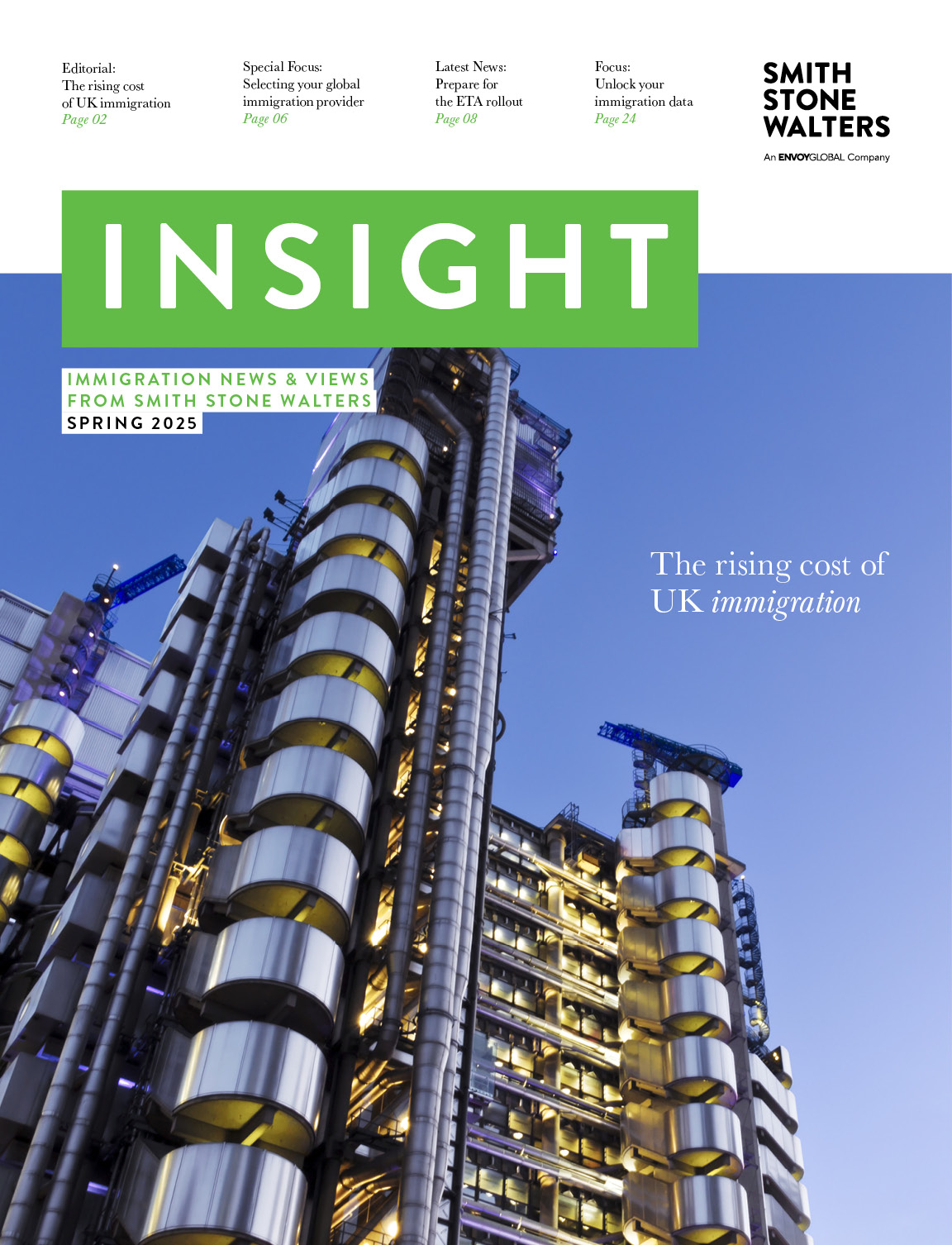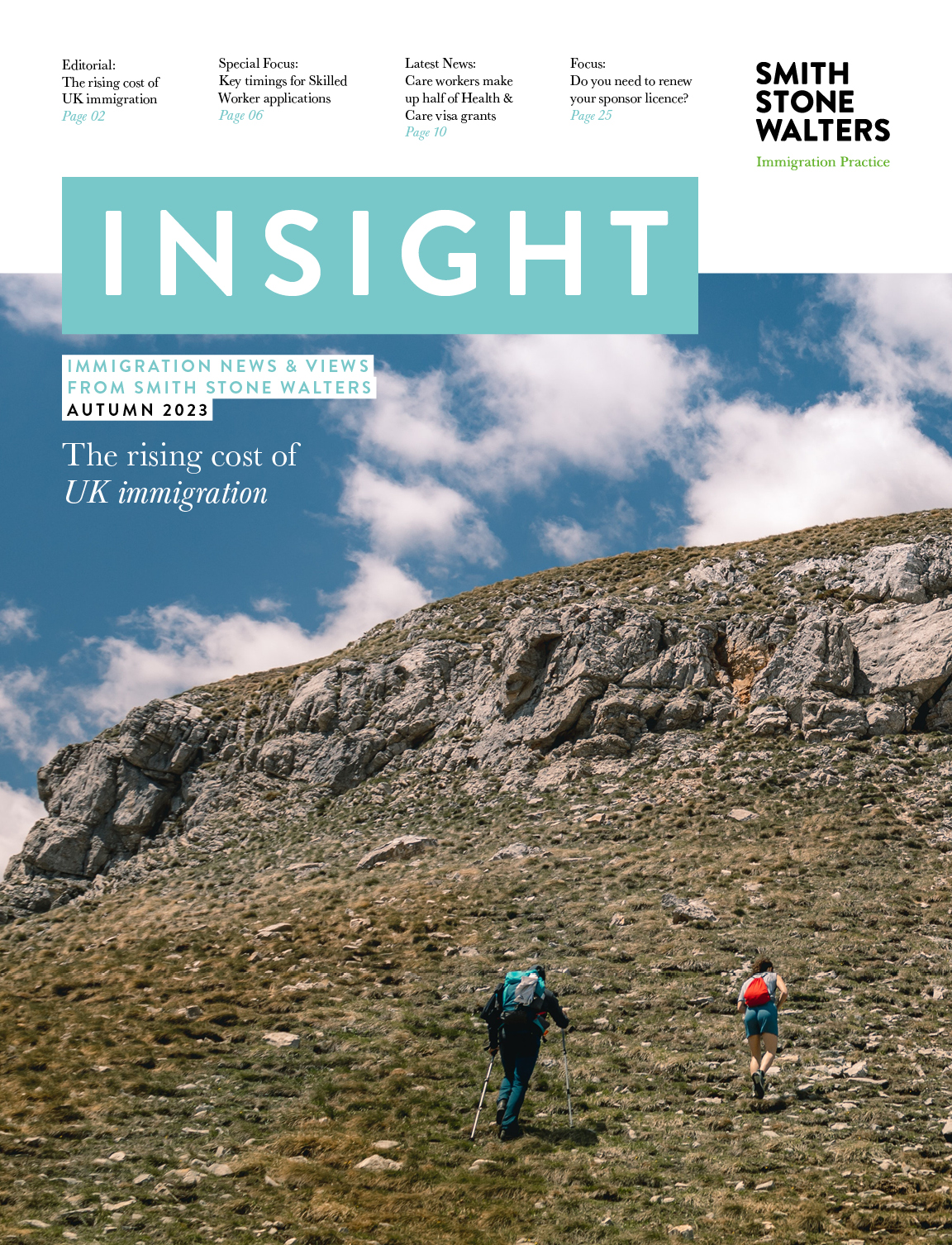On Monday, the Office of National Statistics published its latest migration figures. It shows that while net migration from countries outside the EU has risen to 227,000, its highest level since 2010, the number of those EU-born citizens arriving in the EU continues to fall.
We offer a summary and an analysis of the data below:
More migrants are still coming than leaving
In 2017, there were around 280,000 more people coming to the UK than leaving, so migration is still adding to the UK population. But it has fallen from the record levels of 2015 and early 2016 and is now similar to the level recorded in September 2014.
There are 1.25 million non-EU nationals in the UK.
More EU citizens are still coming than leaving
Much has already been written about how many EU citizens are leaving the UK, but there are still more people coming to the country from the EU than leaving it.
In fact, the last quarter shows that around 100,000 more EU citizens are coming to the UK than leaving.
These statistics, taking in the first full calendar year after the 2016 referendum, show the number of EU citizens leaving the UK was 139,000 – the highest level for a decade.
There are currently 2.29 million EU nationals working in the UK.
Fewer people are coming here looking for work
While the number of EU citizens coming to the UK ‘looking for work’ continued to decrease over the last year, the number coming to the UK who already have a definite job offer has remained stable. Work remains the most common reason for people to migrate to the UK.
Net migration continues to be above government targets
The government manifesto promise was to reduce immigration to the ‘tens of thousands’, yet the overall figure is 282,00 in 2017 – its highest level for 18 months.
Nicola White, of the ONS’s Migration Statistics Division, said:
‘With around 280,000 more people coming to the UK than leaving in 2017, these latest figures show that migration has continued to add to the UK population.
‘Net migration fell following record levels in 2015 and early 2016 and has been broadly stable since.
‘This is similar to the level recorded in the year ending September 2014.
‘Underlying this, immigration has remained broadly stable at around 630,000 and emigration has shown a gradual increase since 2015 and is currently at around 350,000.’
Migration Watch UK, which campaigns for a reduction in immigration, believes that
‘Post-Brexit policy should aim to reduce immigration into lower-skilled work which is less beneficial to the economy, while adding to population growth and to pressure on public services.
‘Brexit may provide greater scope for the government to deliver a substantial reduction in overall net migration – a goal supported by nearly two-thirds of the public.’
However, The Institute of Directors said that businesses were struggling to find people with the skills they needed and urged Prime Minister Theresa May to keep the door open for immigration.
This was echoed by Global Futures, a pro-immigration group, whose director, Peter Starkings, said:
‘Cutting immigration hits our public finances hard. The public think immigration has been good for our economy and our culture, and when offered the choice, they routinely choose economic stability over reducing immigration.
‘As the government draws up its plans for a post-Brexit immigration policy, they must be honest about the trade-offs at the heart of this debate.
This analysis shows that lower immigration means lower public investment, higher borrowing, or higher taxes – and meeting the government’s self-defeating target to reduce net migration to tens of thousands a year would blow a giant multi-billion pound hole in the public finances.’
Global Futures estimates that if net migration remains the same, the country would suffer losses of £1.25bn every year, with even greater deficits if immigration were to be reduced to less than 100,000 per year.










